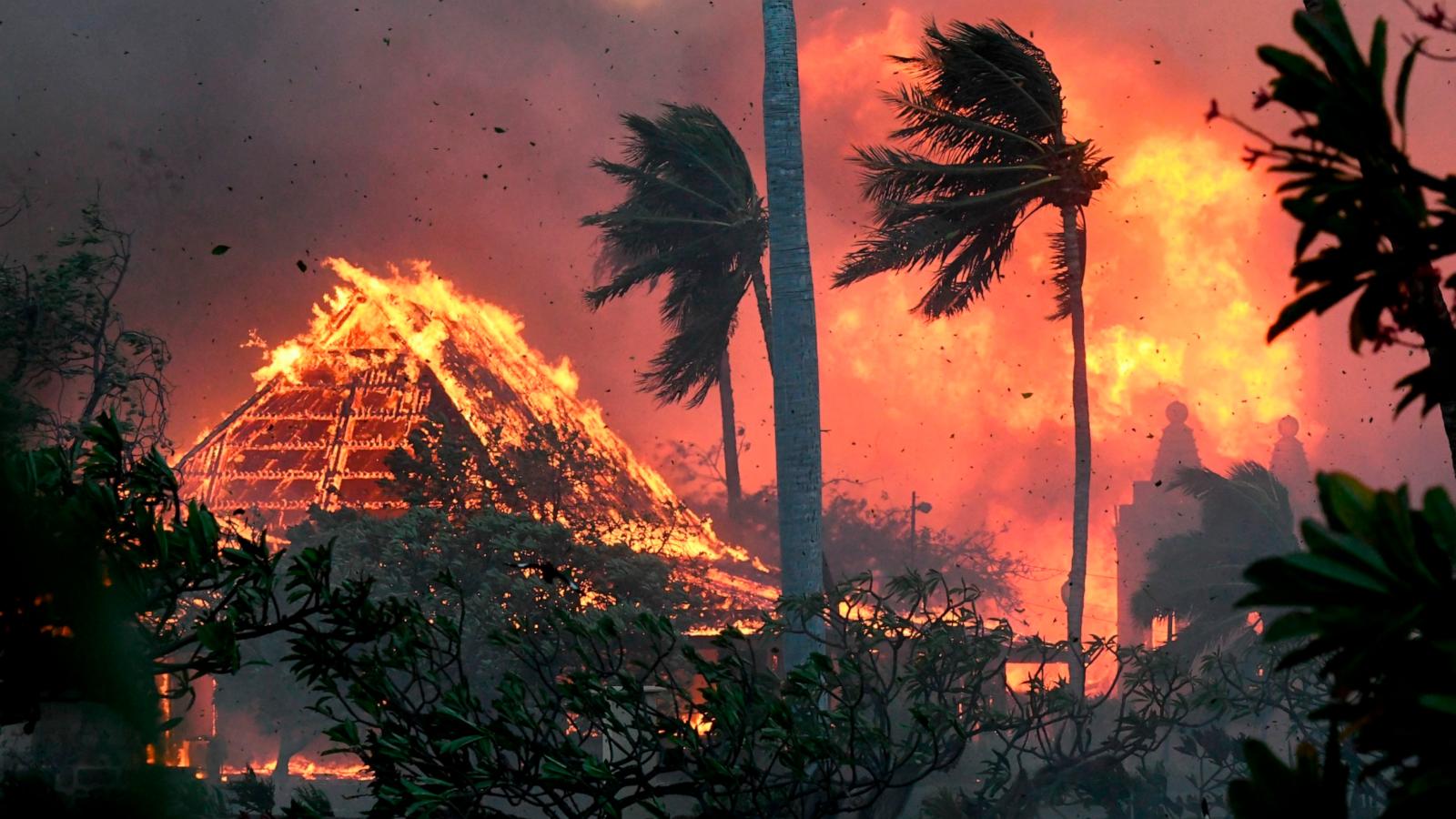
What caused the Maui wildfire disaster? The Maui wildfire disaster was a result of a combination of factors. Dry conditions, high winds, and human activity played significant roles. Drought had left vegetation extremely dry, creating a tinderbox ready to ignite. When strong winds from a nearby hurricane fanned the flames, the fire spread rapidly. Human activities, such as discarded cigarettes or campfires, likely sparked the initial flames. Climate change also contributed by increasing the frequency and intensity of such conditions. Understanding these factors helps in preparing for future incidents and mitigating risks.
The Start of the Maui Wildfire
The Maui wildfire disaster is one of the most devastating events in recent history. This article will explore 25 facts about this tragic event, shedding light on its causes, impacts, and the response efforts.
-
The Maui wildfire began on August 8, 2023, in the town of Lahaina, a historic area known for its rich cultural heritage.
-
Strong winds from Hurricane Dora, located hundreds of miles away, significantly contributed to the rapid spread of the fire.
-
The wildfire quickly engulfed over 2,000 acres of land, causing widespread destruction.
Impact on the Environment
The wildfire's impact on the environment has been catastrophic, affecting both the natural landscape and wildlife.
-
Over 80% of the native forest in the affected area was destroyed, leading to a significant loss of biodiversity.
-
The fire caused severe soil erosion, which could lead to long-term environmental damage and affect water quality.
-
Many endangered species, including the Hawaiian hoary bat and the nene goose, lost their habitats due to the fire.
Human Toll and Evacuations
The human toll of the Maui wildfire has been heartbreaking, with many lives lost and thousands displaced.
-
At least 50 people lost their lives in the wildfire, making it one of the deadliest in Hawaii's history.
-
Over 10,000 residents were evacuated from their homes, seeking refuge in emergency shelters.
-
Many historic buildings and homes in Lahaina were completely destroyed, erasing centuries of cultural heritage.
Response and Relief Efforts
The response to the wildfire has been swift, with various agencies and organizations stepping in to provide aid and support.
-
Over 500 firefighters from across Hawaii and the mainland United States were deployed to combat the blaze.
-
The American Red Cross set up multiple shelters to provide food, water, and medical care to evacuees.
-
Local businesses and community members rallied together, donating supplies and funds to support those affected.
Economic Impact
The economic impact of the wildfire has been profound, affecting various sectors of Maui's economy.
-
The tourism industry, a major economic driver for Maui, suffered significant losses as visitors canceled their trips.
-
Agricultural lands, including important crops like sugarcane and pineapple, were destroyed, impacting local farmers.
-
The cost of rebuilding and recovery is estimated to be in the billions, placing a heavy financial burden on the state.
Government and Policy Response
The wildfire has prompted discussions about government policies and the need for better disaster preparedness.
-
Hawaii's governor declared a state of emergency, unlocking federal funds for disaster relief.
-
The wildfire highlighted the need for improved infrastructure, such as better firebreaks and water supply systems.
-
Discussions about climate change and its role in increasing the frequency and intensity of wildfires have gained momentum.
Lessons Learned and Future Preparedness
The Maui wildfire has taught valuable lessons about disaster preparedness and the importance of community resilience.
-
Early warning systems and better communication channels could have helped in quicker evacuations and reduced casualties.
-
Investing in fire-resistant building materials and creating defensible spaces around homes can mitigate future wildfire risks.
-
Community education programs about fire safety and emergency preparedness are crucial in building resilience.
Cultural and Emotional Impact
The cultural and emotional impact of the wildfire on the residents of Maui cannot be understated.
-
The loss of historic sites in Lahaina has deeply affected the community, as these sites held significant cultural and historical value.
-
Many residents are experiencing trauma and grief, requiring mental health support and counseling services.
-
The sense of community and solidarity has been strengthened, with neighbors supporting each other through the crisis.
-
The wildfire has sparked a renewed appreciation for the natural beauty and cultural heritage of Maui, inspiring efforts to rebuild and preserve what remains.
Final Thoughts on the Maui Wildfire Disaster
The Maui wildfire disaster left a lasting impact on the island and its residents. With over 20,000 acres burned, countless homes destroyed, and lives lost, the community faced immense challenges. The heroic efforts of firefighters, volunteers, and local organizations showcased the resilience and unity of the people. Environmental damage will take years to heal, but reforestation and conservation projects are already underway. Tourism took a hit, but visitors are encouraged to support local businesses and help the island recover. Wildfire preparedness and climate change awareness have become more critical than ever. By learning from this tragedy, Maui can build a safer, more sustainable future. The spirit of aloha remains strong, and with continued support, the island will rise from the ashes, stronger and more united.
Was this page helpful?
Our commitment to delivering trustworthy and engaging content is at the heart of what we do. Each fact on our site is contributed by real users like you, bringing a wealth of diverse insights and information. To ensure the highest standards of accuracy and reliability, our dedicated editors meticulously review each submission. This process guarantees that the facts we share are not only fascinating but also credible. Trust in our commitment to quality and authenticity as you explore and learn with us.
